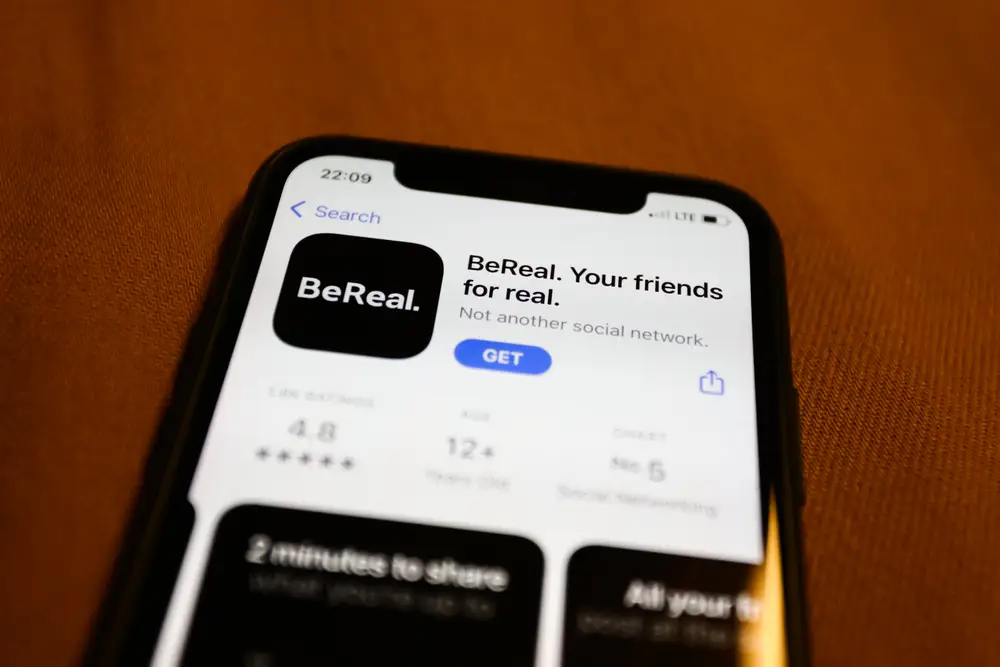SOCIAL NETWORK
The Reinvention of Bebo: A Social Networking Giant
In the mid-2000s, as the social media landscape was rapidly evolving, Bebo emerged as a significant player. Launched in 2005 by British entrepreneurs Michael and Xochi Birch, Bebo quickly gained traction, particularly in the United Kingdom, Ireland, and New Zealand. With its unique blend of features and user-friendly interface, Bebo became a beloved platform for millions of users.
The Early Days of Bebo
Bebo, which stands for "Blog Early, Blog Often," was designed to cater to the growing demand for social networking services. The platform allowed users to create personal profiles, share updates, post photos, and connect with friends. One of Bebo’s standout features was its emphasis on blogging and personalized content, enabling users to express themselves creatively.
Rapid Growth and Popularity
Bebo’s intuitive design and appealing features led to rapid growth. By 2007, it had become the most popular social networking site in the UK, surpassing even MySpace in user engagement. The platform’s success was driven by its vibrant community and the ability to customize profiles, which resonated with younger users. Bebo also introduced features like the "Whiteboard," allowing friends to draw and leave messages on each other’s profiles, further enhancing its interactive experience.
A Major Acquisition
In March 2008, Bebo was acquired by AOL for $850 million, a move that underscored the platform’s influence and potential. At the time, Bebo had over 40 million users and was seen as a key asset in AOL’s strategy to expand its digital media presence. However, the acquisition marked the beginning of significant changes for Bebo.
Challenges and Decline
Despite its early success, Bebo struggled to maintain its user base amid increasing competition from emerging social media giants like Facebook and Twitter. The platform’s user engagement began to decline as more people migrated to these newer, more versatile networks. Additionally, strategic missteps and a lack of innovation contributed to Bebo’s waning popularity.
In 2010, AOL sold Bebo to Criterion Capital Partners for a fraction of its purchase price. The new owners attempted to revitalize the platform, but the efforts were largely unsuccessful. Bebo eventually filed for bankruptcy in 2013, seemingly marking the end of its journey.
Reinvention and New Ventures
In a surprising turn of events, Michael and Xochi Birch repurchased Bebo in 2013 for just $1 million, with plans to reinvent the platform. Over the next few years, Bebo underwent several transformations, each aiming to tap into new trends and user interests. In 2014, Bebo was relaunched as a messaging app with a focus on avatars and interactive communication. Although this version did not achieve the same level of success as the original platform, it demonstrated the founders’ commitment to innovation.
In 2019, Bebo pivoted again, this time focusing on the gaming and esports community with a new streaming service designed to compete with Twitch. While this venture showed promise, it was eventually acquired by Amazon’s Twitch in 2020, marking another chapter in Bebo’s storied history.
The Legacy of Bebo
Bebo’s journey from a leading social network to a series of reinventions highlights the fast-paced and ever-changing nature of the digital landscape. Despite its ups and downs, Bebo left a lasting impact on social media, influencing the design and functionality of later platforms. Its emphasis on user-generated content, customization, and interactive features set the stage for the social media experiences we enjoy today.
As Bebo continues to evolve, it remains a testament to the resilience and creativity required to navigate the tech industry. Whether through nostalgia or new innovations, Bebo’s legacy endures as a pioneering force in the world of social networking.




